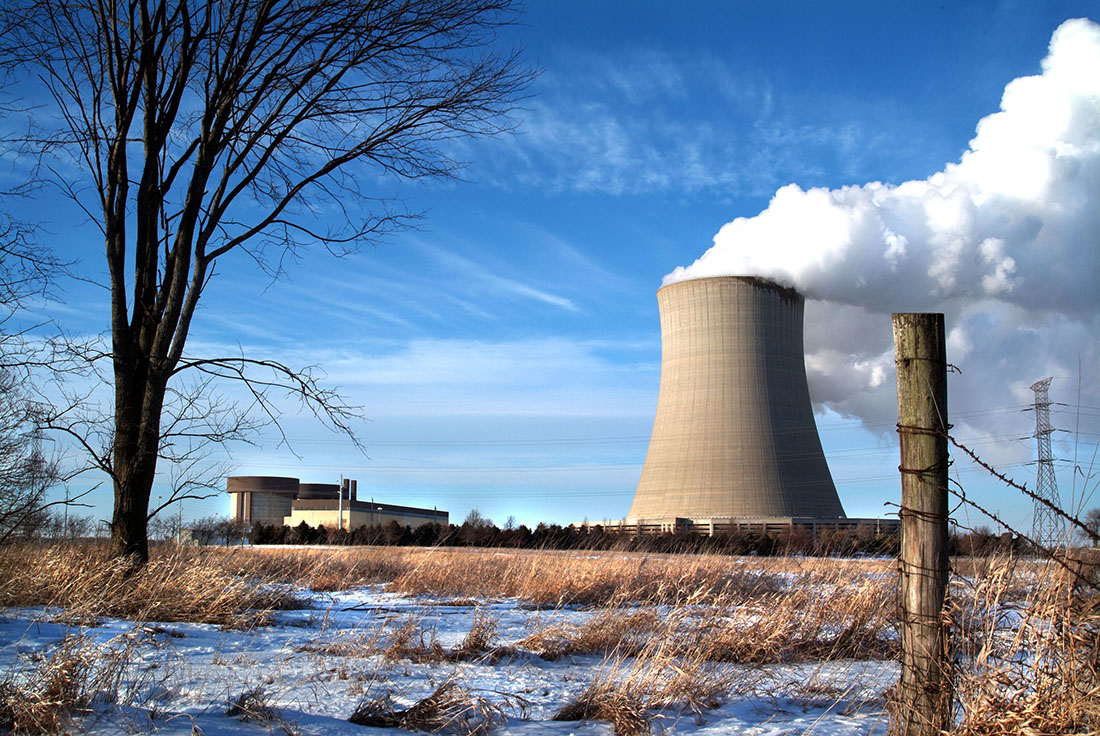By Sony Kassam
Industrial production in the United States declined in February, as sagging oil production combined with lower utility output to mask an upturn in manufacturing.
Industrial production slumped 0.5 percent last month after rising 0.8 percent in January, according to a Federal Reserve report released Wednesday. That’s a deeper decline than the 0.3 percent decrease economists surveyed by Yahoo Finance had expected.
The industrial production index measures the real output of manufacturing, mining and utilities businesses in the United States. Gas and electric utilities plunged 4 percent in February, dragged by a reduced demand for heating due to a milder winter.
Similarly, mining declined 1.4 percent due to a drop in crude oil extraction, coal mining and drilling and servicing for oil and gas.
On a brighter note, manufacturing output rose 0.2 percent last month, which Comerica Bank chief economist Robert Dye noted is “the second straight monthly gain.” Those dynamics have been in place for some time, he said.
“Over the last 12 months, total industrial production is down by 1 percent due to big declines in mining and utilities,” wrote Dye in an online report, while “Manufacturing output is up by 1.8 percent” over the same period.
Monthly percent change for industrial production, seasonally adjusted
[field name=”chart”]
The increase in manufacturing followed a 0.5 percent gain for January, which indicates the manufacturing division is strengthening, according to J.P. Morgan economist Daniel Silver.
“It looks like we are seeing the manufacturing sector perk up a bit lately following a weak fourth quarter,” he said in an online note. “We have also seen a few other indicators that suggest we are past the weakest period for the manufacturing sector, as the drags from the strong dollar and inventory correction may be starting to fade.”
Silver added that the decline in mining was “close to our forecast as we continue to see lower energy prices weigh on the energy sector.”
The Federal Reserve also said that industrial capacity usage — a measure of how busy the nation’s factories are — decreased 0.4 percentage points to 76.7 percent. That’s a less than robust reading, the Fed noted: since 1972 capacity utilization has averaged 80 percent.

